SAWS Water Reclamation Center Master Plan
Garver’s evaluation and nonproprietary tool balanced project priority with available budget over the next 30 years
To provide consistent wastewater treatment service to 1.5 million citizens, SAWS operates and maintains four water reclamation centers (WRCs) totaling over 200 MGD capacity (Steven M. Clouse WRC, Leon Creek WRC, Medio Creek WRC, and Salado Creek WRC). To see that SAWS is equipped to address future capacity, regulatory, and maintenance needs, Garver provided a master plan for the entire wastewater system. This consisted of investigations and the development of an interactive, non-proprietary CIP tool that helps SAWS plan their needed improvements over the next 30 years. Because of the project’s scale and complex nature, we held over 20 progress meetings, over 30 coordination meetings/workshops, and developed 14 technical memoranda within 10 tasks to keep SAWS involved and informed throughout the project.
Our team initially reviewed current/existing data along with the existing CIP projects to determine the criticality of each. We also reviewed data provided by SAWS and developed our own projections that became the basis for the improvements. Simultaneously, Garver’s multi-disciplined team performed condition assessments of each facility. This included visual and performance assessments, staff interviews, and operator shadowing.
In addition, our team identified TPDES permit criteria that will be concerning in the future. We found that the SMCWRC may have a total phosphorous limit in 2023, which was a driver to prioritize some improvements over others. Other future requirements that we evaluated included biological oxygen demand (BOD), total suspended solids (TSS), ammonia (NH3), total nitrogen, total phosphorous, total dissolved solids, pH, effluent toxicity, per-and polyfluoroalkyl substances (PFAS), and others.
We then developed process and hydraulic models of the Steven M Clouse, Medio Creek, and Leon Creek WRCs. Together, our field assessments, data review, and plant models painted a picture of what already exists and what is needed at the plants to meet current and future needs. This gap between what is existing and what is needed informed an alternatives evaluation for the future expansion of each facility over the next 30 years, showed how efficiently each facility interacts with each other, and determined if a new facility is a legitimate need in the future.
Following these alternative evaluations, Garver conducted a series of in-depth studies of some of the greatest known concerns throughout the plants, including nutrient management, wet weather management, biosolids, automation, energy efficiency, process optimization, staffing, space management, and EI&C. With the findings from these studies in mind, we re-evaluated our initial alternatives evaluations and updated our plant models to see that the recommendations at each facility work together without unintended consequences.
At this point, the needs discovered over the course of the project were compiled into the interactive, non-proprietary CIP tool. By factoring in current and future regulatory requirements, flow and loading projections, permitting, and operational needs, this tool helps SAWS balance project priority and available budget. It also allows SAWS to balance the prioritization of rehabilitation and expansion projects given a particular budget and market conditions. The tool gives SAWS the flexibility to dynamically change their CIP project order and not get locked into a specific course of action if/when something changes.

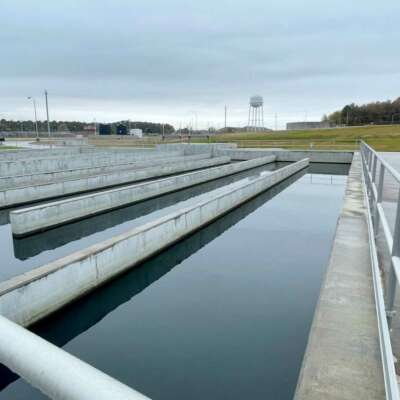
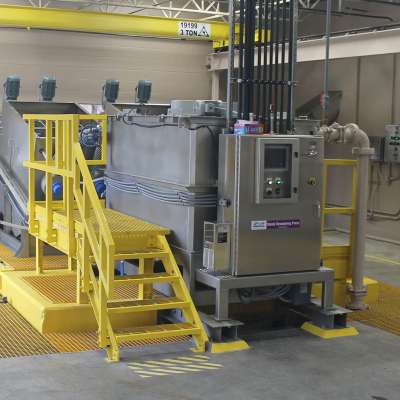
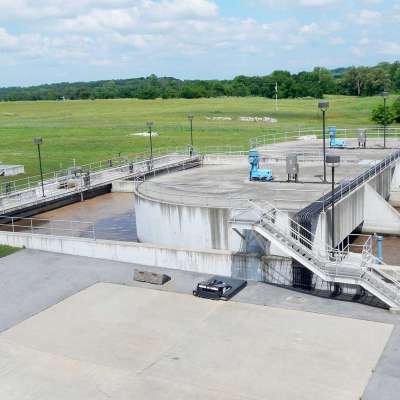

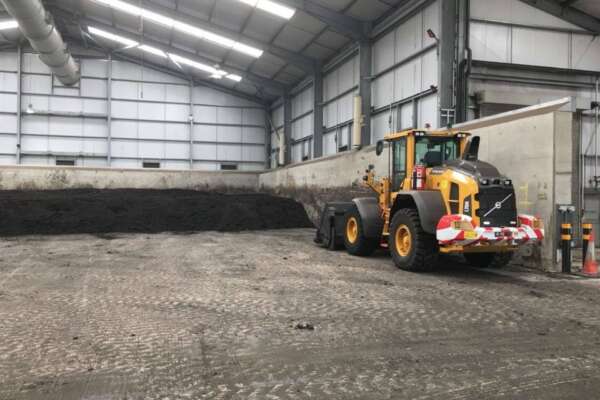



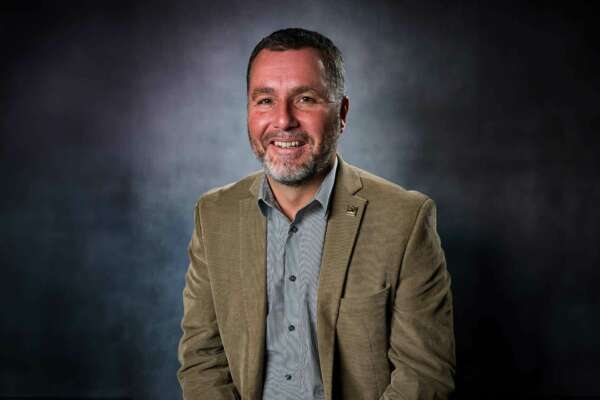
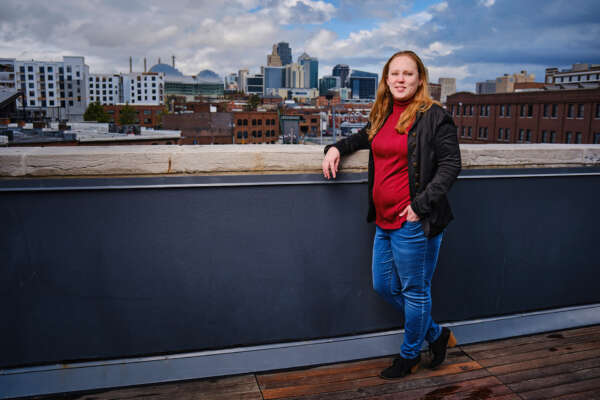


Share this article